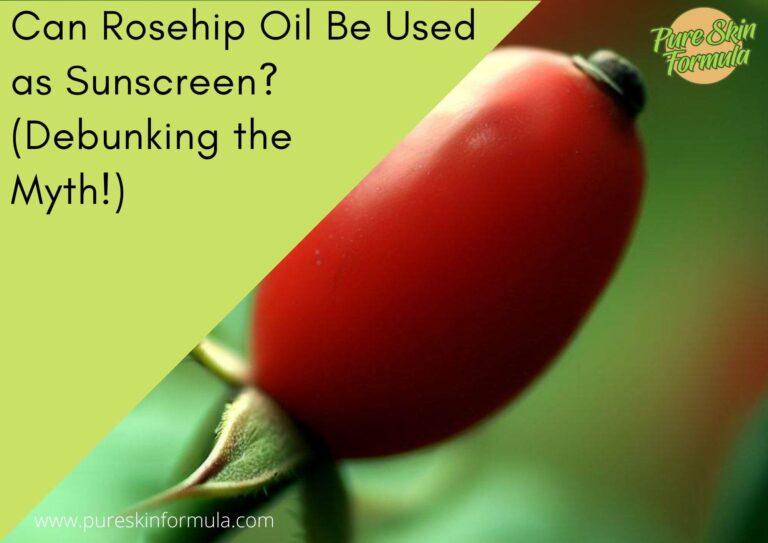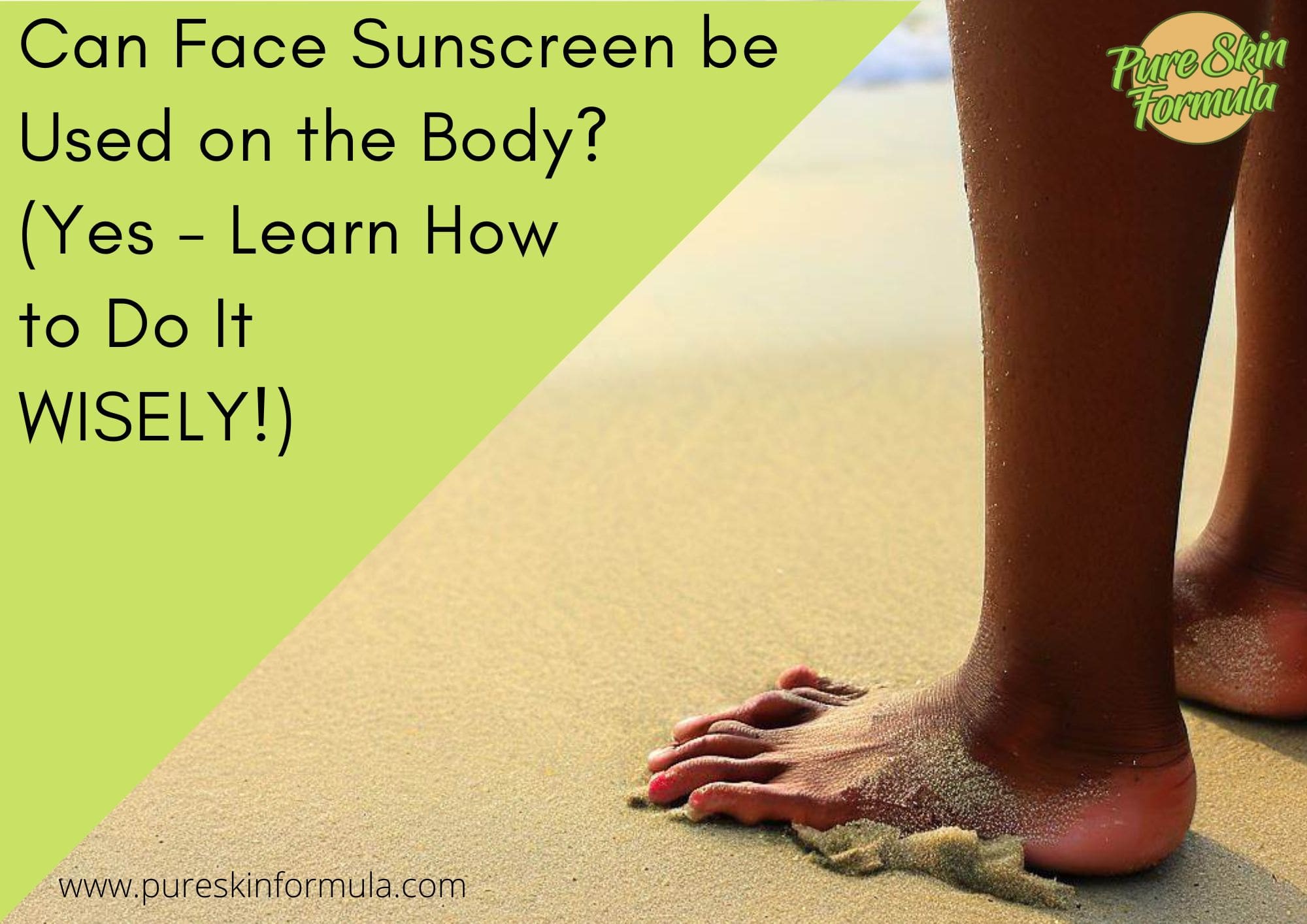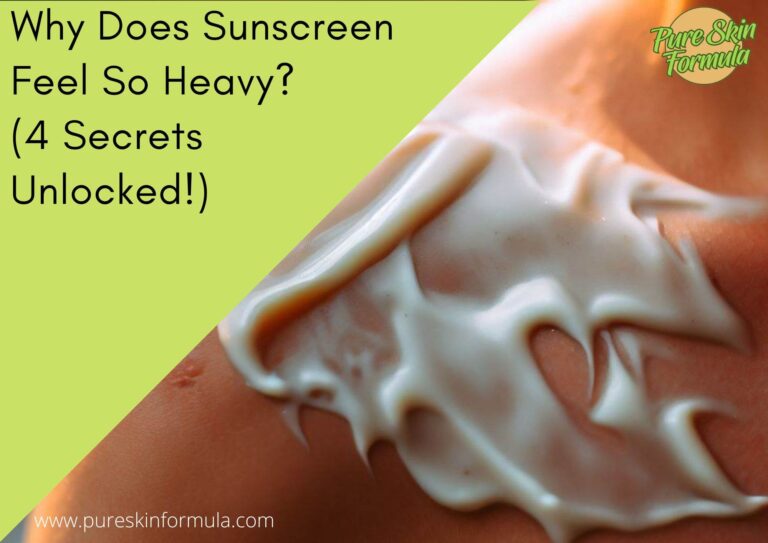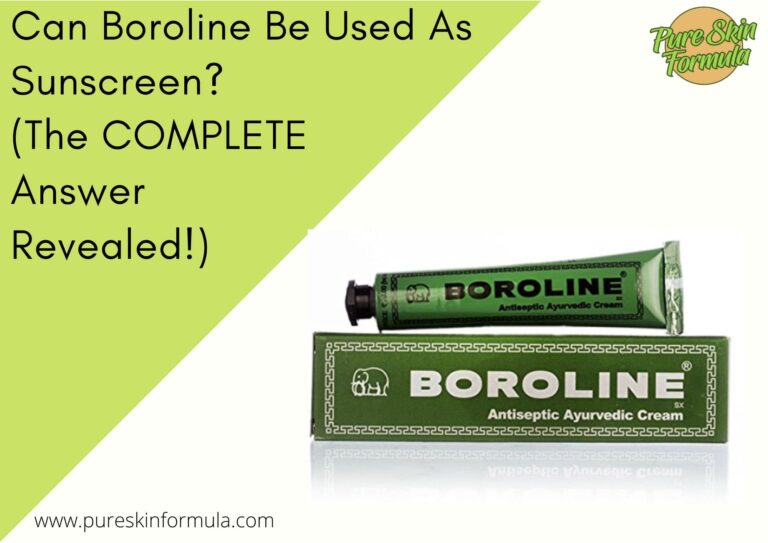Are you seeking a natural alternative to conventional sunscreens? Look no further! Discover the remarkable potential of aloe vera as a sun-protective marvel.
Aloe vera, renowned for its soothing and healing properties, has piqued the curiosity of sun-conscious people.
Can this botanical gem safeguard your skin against the sun’s harmful rays? Join me as I delve into the world of aloe vera and its role in sun protection.
Get ready to unlock the secrets of aloe vera and discover whether it can truly stand as a sunscreen alternative.
Let’s start the journey!
Can aloe vera be used as sunscreen?
Despite its numerous beneficial properties for the skin, aloe vera cannot be relied upon as a standalone sunscreen. While it has some sun-protective properties, its effectiveness in shielding the skin from harmful UV rays is limited.
Aloe vera offers minimal sun protection, typically ranging from SPF 1 to 4, significantly lower than the recommended SPF 30 or higher for adequate sun protection.
To ensure proper sun protection, it is crucial to use sunscreen products formulated explicitly with higher SPF levels and broad-spectrum coverage. These products undergo rigorous testing to provide adequate protection against UVA and UVB rays.
Aloe vera can still be complementary in sun care routines, as it possesses soothing and moisturizing properties that can help alleviate sunburns and promote skin healing.
Let’s analyze this ingredient further.
Is aloe vera a natural wonder?
Aloe vera, also known as the “plant of immortality,” is a succulent plant used for centuries for its medicinal properties. It is native to regions with warm climates and is cultivated worldwide for its gel and sap.
The gel in the plant’s fleshy leaves is a transparent substance rich in vitamins, minerals, amino acids, and enzymes. Aloe vera gel is renowned for its moisturizing, soothing, and healing properties, making it a popular ingredient in skincare products.
The use of aloe vera for skin ailments can be traced back thousands of years. Ancient civilizations such as the Egyptians, Greeks, and Chinese recognized its healing potential and used it to treat wounds, burns, and various skin conditions.
Cleopatra is said to have used aloe vera as part of her beauty regimen. Aloe vera has been cherished for its ability to promote skin rejuvenation, reduce inflammation, and accelerate healing.
Critical components of aloe vera relevant to sun protection
It contains several components that contribute to its potential sun-protective properties. One of the notable substances is polysaccharides, which have a soothing and moisturizing effect on the skin.

They form a protective barrier on the skin’s surface, helping to retain moisture and potentially reducing the risk of dehydration caused by sun exposure.
Aloe vera contains antioxidants such as vitamins C and E and beta-carotene. They help neutralize free radicals generated by UV rays, potentially reducing oxidative damage to the skin cells.
Aloe vera is known for its anti-inflammatory properties, which may aid in soothing sunburns and reducing redness caused by excessive sun exposure.
Still, here comes the question:
Can aloe vera provide adequate sun protection?
SPF (Sun Protection Factor) plays a crucial role in sun protection. It measures the ability of sunscreen or sunblock to protect the skin from harmful UVB rays.
Aloe vera has a relatively low natural SPF. This means that using aloe vera as a standalone sunscreen may not provide adequate protection against the damaging effects of the sun.
Compared to conventional sunscreens available in the market, aloe vera falls short in SPF. Most dermatologists recommend sunscreen products with an SPF of 30 or higher to ensure adequate sun protection.
Therefore, relying solely on aloe vera as a sunscreen alternative may increase the risk of sunburn and other sun-related skin damage.
To ensure adequate sun protection, it’s good to use a combination of broad-spectrum sunscreens with higher SPF levels, protective clothing, and limited sun exposure.
Aloe vera can still be incorporated into your sun care routine as a complementary ingredient to soothe and hydrate the skin.
Let’s see how this could happen.
Aloe vera as a complementary sunscreen ingredient
Simply put, combining aloe vera with your sunscreen routine can amplify sun protection’s benefits and comfort. One of the remarkable qualities of aloe vera is its ability to soothe sunburned skin.

The plant’s gel contains anti-inflammatory compounds, which can help alleviate the redness, pain, and discomfort associated with sunburns. Applying aloe vera gel to sunburned skin can provide a cooling sensation.
Its moisturizing properties can also help prevent the skin from drying out, keeping it hydrated and promoting the repair of damaged skin cells. Aloe vera also contains antioxidants that can help protect the skin against free radicals, reducing the risk of premature aging.
Moreover, some people find aloe vera beneficial for conditions like acne, as it may have anti-inflammatory and antibacterial effects. However, aloe vera may only be suitable for some. Others may be allergic, experiencing skin irritation or redness when applied.
You can perform a patch test before applying aloe vera gel to larger areas of the skin.
How to extract and use fresh aloe vera gel?
If you have access to an aloe vera plant and want to use its gel for sun protection, here’s a simple guide to extracting and using fresh aloe vera gel. Select a mature leaf from the plant, preferably thick and plump. Using a sharp knife, cut the leaf close to the base.
Allow the yellowish sap, known as aloin, to drain out, as it can cause skin irritation. Wash the leaf thoroughly once the sap has drained to remove any remaining aloin.
Then, carefully slice the leaf lengthwise and scoop out the clear, gel-like substance using a spoon or your fingers. Apply the fresh aloe vera gel generously to the exposed skin, ensuring it covers the desired areas.
Allow it to dry before going out in the sun. Remember to store the new gel in a sealed container in the refrigerator for future use.
To wrap it up

While aloe vera possesses specific properties that can provide minimal sun protection, it is vital to approach it as a complementary ingredient rather than a standalone sunscreen.
The low natural SPF and limited protection against UVA and UVB rays make it less effective than conventional sunscreens. However, aloe vera’s soothing and moisturizing properties make it a valuable addition to your sun care routine.
By combining broad-spectrum sunscreen, protective clothing, and mindful sun exposure practices with the benefits of aloe vera, you can achieve a well-rounded approach to sun protection.
Embrace the natural wonders of aloe vera while prioritizing comprehensive sun safety for healthier, happier skin.
Thank you for reading!
Valeria







